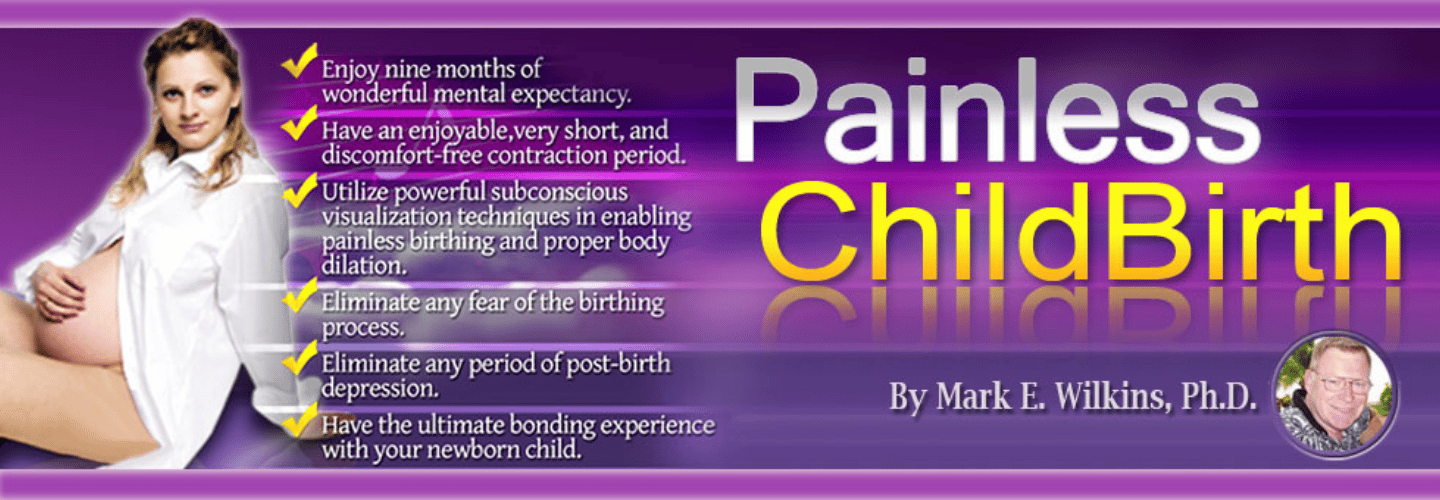
With childbirth hailed as one of life's most intense experiences, the quest for painless delivery methods has long been a topic of debate. In the journey towards a smoother labor, three scientifically validated methods have emerged as game-changers. From the wonders of epidural analgesia to the tranquility induced by hypnosis, these techniques promise a path to painless childbirth. Yet, as expectant mothers seek solace in these methods, one question lingers – do these approaches truly offer a pain-free passage into motherhood, or is there more to the story than meets the eye?
Non-Medical Pain Management Techniques
Utilizing non-medical pain management techniques during childbirth offers a fundamental approach that emphasizes mental preparation and relaxation for mothers-to-be. These methods, including breathing techniques, hypnosis, hydrotherapy, and acupuncture, focus on providing relief from labor pains without the use of medications. While some studies question their effectiveness, these non-pharmacological approaches target not only physical discomfort but also mental well-being.
Breathing techniques play a vital role in calming the mind and reducing muscle tension, aiding in pain management during labor. Hypnosis is another method that leverages the power of suggestion to help women relax and cope with the sensations of childbirth. Hydrotherapy involves the use of warm water to soothe aching muscles and promote relaxation. Acupuncture, based on traditional Chinese medicine, targets specific points to alleviate pain and enhance overall well-being.
Although these non-medical pain relief methods may not eliminate all discomfort, when used alongside other pain management strategies, they contribute to a more inclusive approach to childbirth, focusing on the mind-body connection and enhancing the birthing experience.
Medical Pain Relief Interventions
What groundbreaking medical interventions are available for pain relief during childbirth?
- Epidural Analgesia: This common method involves administering pain medication through a catheter placed in the spine's epidural space, providing significant pain relief during labor.
- Spinal Anesthesia: Another effective technique for pain management during childbirth, which can be a game-changer for women in labor.
- No Increased Risk of Cesarean Section: Contrary to popular belief, epidurals do not heighten the chances of needing a cesarean section, offering reassurance to expectant mothers.
- High Satisfaction Rates: Most women who opt for epidural analgesia report positive experiences, highlighting the effectiveness of this pain relief method.
These medical interventions not only alleviate the pain associated with childbirth but also empower women to actively participate in the birthing process. With advancements in pain management techniques like epidural analgesia and spinal anesthesia, the journey of labor can be made more comfortable and less challenging for women.
Integrative Approaches for Pain Control

Amidst the array of pain relief options available during childbirth, integrative approaches offer a holistic and non-pharmacological alternative for managing labor discomfort and enhancing the birthing experience. While medical pain relief interventions like epidurals are commonly used, integrative methods such as hypnosis, hydrotherapy, and acupuncture aim to reduce pain and anxiety during labor without medication. Although lacking proven effectiveness in studies, these techniques focus on providing mothers with a more natural approach to pain management during labor and delivery.
Guided imagery, music therapy, and aromatherapy are among the integrative approaches that can help distract from pain and promote relaxation during childbirth. Focal points, position changes, and hydrotherapy may also aid in managing labor pain, particularly during the second stage of labor. By offering holistic support and enhancing the overall experience of labor and delivery, integrative approaches aim to provide mothers with a more comfortable and positive childbirth experience.
Frequently Asked Questions
What Is the Most Painless Birth Method?
When exploring painless childbirth, epidural benefits stand out for their proven effectiveness in providing significant pain relief during labor.
While hypnobirthing techniques, water birth advantages, acupuncture benefits, massage therapy benefits, breathing exercises, TENS machine benefits, and positioning advantages are also popular choices, epidurals are backed by scientific evidence as a safe and efficient method for achieving a more painless birthing experience.
What Is the Most Less Painful Way to Give Birth?
When considering a less painful childbirth experience, various natural birthing techniques can offer benefits. Hypnobirthing, water birth, and relaxation techniques are popular options for managing labor discomfort.
The choice of labor positions, breathing exercises, and creating a supportive environment can also contribute to reducing pain during childbirth.
While epidural anesthesia provides effective pain relief, it is essential to weigh the associated risks before opting for this method.
Is There a Way to Give Birth Without Pain?
While giving birth without pain is a common desire, it's important to acknowledge that childbirth is a complex process involving various sensations. Techniques such as hypnobirthing, water births, TENS machines, acupuncture benefits, labor support, relaxation techniques, and establishing a strong mind-body connection can greatly reduce pain perception during labor.
While epidurals are a popular choice for pain management, exploring alternative methods can empower individuals to have a more natural and informed childbirth experience.
Can Childbirth Be Completely Painless?
Childbirth cannot be completely painless due to the natural processes involved. However, effective pain management techniques exist to alleviate discomfort.
These include natural methods like breathing exercises and hypnobirthing, as well as medical interventions such as epidurals. Other options like water births, acupuncture, and TENS machines can also provide relief.
While complete painlessness may not be achievable, these methods can greatly improve the childbirth experience for many women.
Conclusion
To sum up, these scientifically validated methods for painless childbirth offer women a range of options for a comfortable and empowered experience. From non-medical pain management techniques to medical interventions like epidural analgesia and spinal anesthesia, there are effective ways to cope with childbirth sensations.
Integrative approaches such as hypnosis provide additional support for relaxation during labor. Embrace the power of these methods and say goodbye to the agony of childbirth with these groundbreaking techniques!




